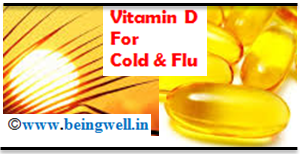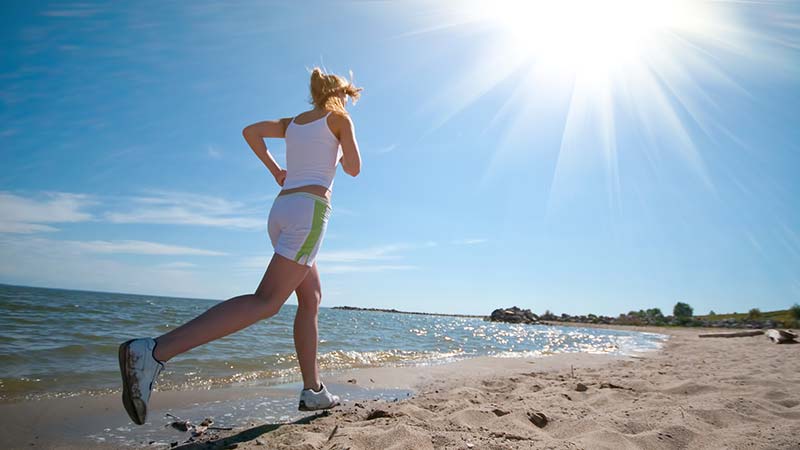Sunscreen that does not block vitamin D production
US researchers have developed a sunscreen that allows the body to produce vitamin D while still blocking harmful rays. With the new sunscreen there is no loss of vitamin D; rather it allows the body to produce the vitamin.
Vitamin D is essential for healthy bones, and we get most of ours from sunlight exposure. Anything that blocks the sunrays from falling on the skin also block the production of vitamin D thus making the person vitamin D-deficient.
Our body creates most of our vitamin D from direct sunlight on our skin. The best time to make vitamin D from sunlight is from 11 am to 3 pm.
Vitamin D is needed to help the body absorb calcium and phosphorus from our diet. These minerals are important for healthy bones and teeth.
Vitamin D deficiency can cause bones to become soft and weak, which can lead to bone deformities. In children, for example, a lack of vitamin D can lead to rickets (a bony deformity). In adults, it can lead to osteomalacia, which causes bone pain and tenderness.
Needless to say, vitamin D deficiency is rampant in the majority of the population globally. Women are more vitamin D-deficient than men.
The scientists at the Boston University in the US developed Solar D, the sunscreen that does not impact its sun protection factor (SPF) but does allow the body to produce vitamin D.
‘Solar D was designed with compounds with differing filter compositions to maximise vitamin D production while maintaining its sun protection for reducing erythema or burning of the skin,’ said Michael F. Holick, professor at Boston University
Exposure to sun has been the major source of vitamin D for most people worldwide; however, the increased risk of skin cancer led to the widespread usage of sunscreens. As is known, a SPF of 30 when properly applied reduces the capacity of the skin to produce vitamin D by almost 98 percent.
The study published in the journal PLOS ONE explained that there are several chemical compounds that are typically used in a sunscreen that efficiently absorbed varying wavelengths of UVB radiation.
After some of the ingredients were removed the researchers compared Solar D, which has an SPF of 30, to a popular commercial sunscreen with the same SPF, and found that Solar D allowed upto 50 percent more production of vitamin D.

